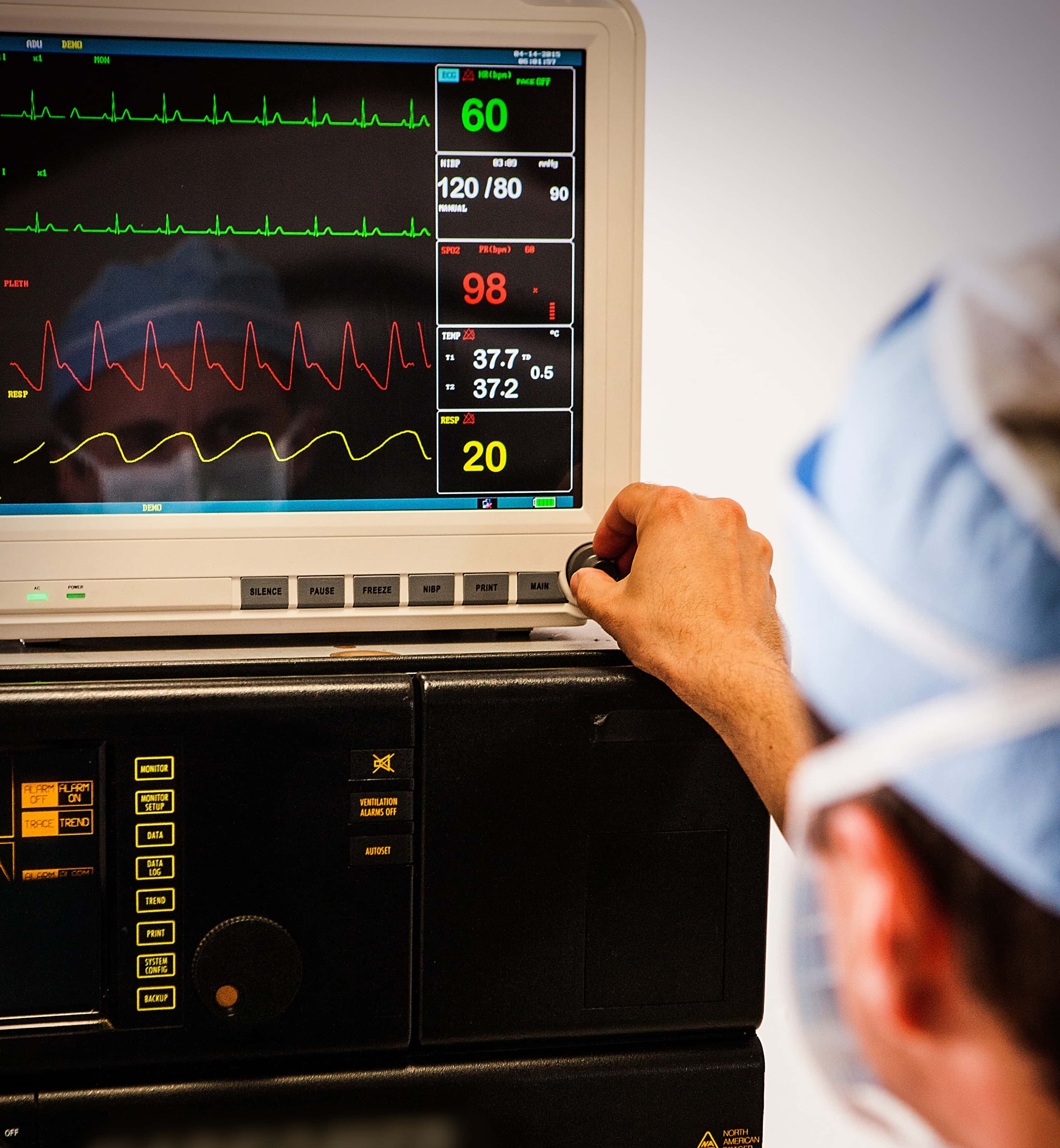
Patients undergo spine surgery for many different conditions, and these surgeries range from minimally invasive procedures to prolonged operations involving multiple spinal levels. Anesthesia for spine surgery can present with many challenges, including difficult airway management, multiple patient cardiopulmonary comorbidities, significant blood loss, and pain control after surgery. Anesthetic goals include providing optimal surgical conditions, reducing blood loss, avoiding spinal cord ischemia, and facilitating intraoperative neurophysiologic monitoring.
Preoperative evaluation includes special attention to airway anatomy and cervical spine instability. Spinal deformities can result in compromised respiratory function, necessitating blood gas analysis and pulmonary function testing, and pulmonary hypertension could result from severe kyphoscoliosis. Preoperative history and physical should include elicitation of sensorimotor deficits, which should be carefully documented. Laboratory workup should include at least a baseline hemoglobin, coagulation factors, and type and screen.
Selection of anesthetic technique often is affected by neurophysiologic monitoring, which often includes motor and/or somatosensory evoked potentials that is facilitated with avoidance of volatile anesthetics and neuromuscular blockade. A total intravenous anesthetic technique can be done with propofol and remifentanil infusions. In anticipation of blood loss, two large bore intravenous catheters should be placed and connected to a fluid warmer. An arterial line might be required for continuous blood pressure monitoring and frequent blood draws. If vasoactive drugs are needed, a central venous catheter should be placed. Awake intubation with a fiberoptic scope may be needed depending on anticipated airway challenges. Induction and intubation are usually performed on the stretcher, and the patient is then repositioned prone onto the operating table with careful attention to position of the endotracheal tube. Pressure points must be carefully padded and checked throughout the surgery to avoid optic injury and peripheral neuropathies, and jaw clenching necessitates a carefully secured bite block.
Many potential complications should be considered, especially during major spine surgeries. The anesthesiologist should plan for the potential for massive blood loss, which may be reduced by the use of antifibrinolytic agents and controlled hypotension, depending on surgeon preference. The anesthesiologist must carefully monitor and titrate blood pressures with consideration of the potential for spinal cord ischemia. Ischemic optic neuropathy is the most common cause of perioperative visual loss, a rare but devastating possibility. Postoperative care may include admission to the intensive care unit, especially if the patient remains intubated due to concern for airway edema.




